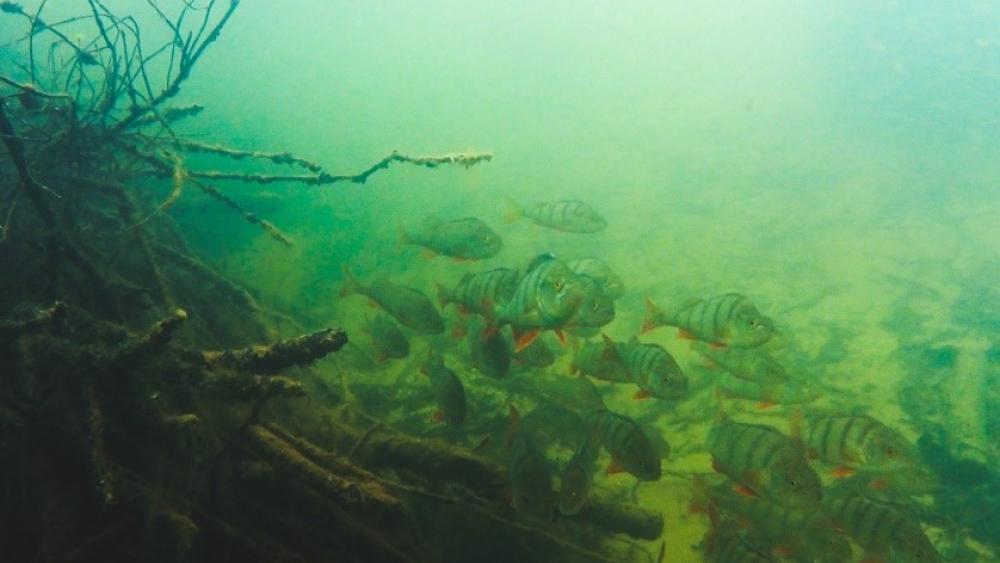
Perch are commonly found in unmanaged natural lakes. The fish also populates natural lakes and gravel pit lakes managed for recreational fisheries. | © Sven Matern
IGB’s fisheries biologist and lead author Sven Matern assessed the findings as follows: “Anglers speed up the colonisation time of gravel pit lakes by introducing native fish typically found in lakes, helping to create a near-natural fish community. In unmanaged gravel pit lakes, the establishment of fish species is more sporadic and appears to take longer. What is more, unusual captures in unmanaged gravel pit lakes, such as the common rudd, lead us to assume that fish are unfortunately being released illegally, e.g. from garden ponds.”
However, there could be a disadvantage to this accelerated method of fish colonisation. Professor Robert Arlinghaus, lead investigator of the study at IGB, explained: “The lakes that were managed by angling clubs or other bodies were very similar in terms of their fish community composition. From a nature conservation perspective, however, it may also make sense to have lakes at various stages of development and with different levels of species richness. To give an example: first colonisers such as sticklebacks benefit from the absence of predatory fish like perch. Amphibians are also sensitive to predatory pressure from fish. However, pools and drainable ponds are more suitable for amphibian conservation than gravel pit lakes, which do not remain completely fish-free for long.”
For their study, the researchers investigated a total of 178,000 fish from 50 gravel pit lakes, the majority of which were in Lower Saxony, and 16 natural lakes in Brandenburg.







